The sides of my face didn’t match. From the front, I appeared normal enough, and my left profile was passable, but the right belonged to someone else. Nostril flaring out too much, bridge of my nose rising forward like a jagged stone mountain, massive cheek swirled with pink blotches.
Why did this patchwork rag doll have to be my own reflection? Was it the result of a birth defect, an accident while I was in utero?
I couldn’t blame my parents for my seemingly deformed physical attributes. I was adopted as an infant and had never seen a single soul who looked like me.
In elementary school, I’d agonize over my hair, wondering why it didn’t flow full and thick like other girls.’ It just fell limp, like straw. Straw hair to go with the mismatched, ragdoll face.
Whenever I wasn’t obsessing over my hair, I’d zero in on another feature, some new hamartia of my outward appearance I hadn’t noticed before. I remember thinking, what will be next? After I get over my nose/skin/hair, what’s the next obsession to monopolize my thoughts, spin circles around me like a gnat?
I use to hide behind a curtain of my hair so people couldn’t see the blotchy rosacea on my right cheek. I remember being nominated “the 3rd ugliest girl in class.” I wanted to claw out of my own skin.
How do you know what you look like? How does anyone know what they look like? Every time I’d look in the mirror, I’d appear as someone different. Every time someone took my picture, my chest filled with dread. I was a grotesque creature. A shape-shifting deformity. I knew it stemmed from self-absorption, but I couldn’t stop. Every reflective surface held a mystery.
By middle school, my fixations turned to my body. I remember doodling myself in my 6th-grade chorus binder—giant head, hair like a fistful of yarn, noodle arms, towering too tall for my age. At the time, I perceived myself as far too thin. Other girls could be stick-skinny and still look good, but not me. It wasn’t even so much my weight, as it was my shape. Abnormal.
It hurt all the worse feeling like I was alone in this. Other girls worried about being too fat, other girls got anorexic. “Real women have curves,” they said, but what about the rest of us? I was the only one too awkward and too thin, in my mind. An outcast, a walking deformity.
By high school, I’d gained weight and my self-perception of thinness vanished. It was the second semester of freshman year, and I sat on the passenger side of my mom’s car as she drove me home from school.
I noticed my face in the side mirror. Eyes dark and too serious. Pouting unintentionally. My head leaned back lazily against the seat and I was struck by the size of my face, my double chin spilling out from under it.
How'd I not noticed this before? I already knew I wasn’t skinny anymore, but god, how’d I missed that thick roll framing my chin and jawline?
It was yet another moment of insecurity welling up to drown out everything else. Then a succession of moments like that. And then the need to do away with yourself, to check off the days with steady discipline, punishing your body for its own existence.
I’d joke years later that my double chin was half the reason I’d ever been anorexic. I used to subtly reach up and trace beneath my chin with my fingers. At first, it served as motivation, a reminder: you do not need to eat. You’ve gone too far already and you have to correct it.
Then it was a checkpoint, a mile-marker: one day it was gone, all I’d felt was jawbone and skin, the curve of my chin down to my neck. It became yet another miniscule obsession, one of many places on my body I needed to check and re-check, to run my hands along, to feel the bone.
After four years of yo-yo dieting, at age nineteen my body dysmorphia changed forms again, sneaky as a chameleon. Its words were different, but the deeper message the same.
It was January of 2013, and I’d forgotten what it felt like to be warm. My weight dipped ever lower. I’d stopped wearing bras because I couldn’t stand the way it puckered out the little bit of flesh when the band clasped around my torso. In the back of mind, I recognized the irony: I was too skinny to even have boobs anymore. I didn’t need a bra, yet still felt too fat to wear one.
I couldn’t wear certain fabrics because of their texture, how it’d feel against my ribs, or against any bit of flesh, I felt the need to shed immediately. I couldn’t stand it when anyone touched my back or my sides. Only I could, and I did so constantly. Discreetly running my hands up and down my ribs, making certain I could feel their entire cage rippling under my skin.
This was when the body dysmorphia surfaced the clearest to me. I became a pawn in my game of control. Every move I made revolved around this objective. Preventing myself from bingeing, straining to hold up the peace in my family, keeping them in the dark, even as my physical heart began to suffer from the effects of my starvation. And then the game owned me.
I landed in the hospital, where I gained back most of the weight. In the days leading up to my admittance; however, I had some revelations. I started to let myself smile again. I painted my lips with color. The light shifted in the mirror.
Words popped out of the void and filled my head, repeating again and again. Control. Balance. Healing. I didn’t know what they meant at first, but they became a mantra. These were the things I could gain when I realized my own worth. They were like planets in my orbit. But they’d always been lopsided, out-of-sync, or downright lost in the darkness.
I began to explore the events in my life that had impacted me so deeply, so irrevocably. I even considered my adoption and its effect on my self-perception and some of my past behavioral patterns.
It’s hard to describe how things changed, how I finally saw myself as a person and not a walking deformity. My insecurity still exists, but it’s no longer all-consuming, literally—it doesn’t eat away at my muscles and wear down my heart, anymore.
I continue to live with shifting mirrors, photographs that haunt me—shadows, shapes, and colors sprawling into my semblance. The right side of my face still looks like a stranger sometimes, like a mismatched puzzle piece. But these days, more often than not, I can see that it really is me. And that it’s okay.

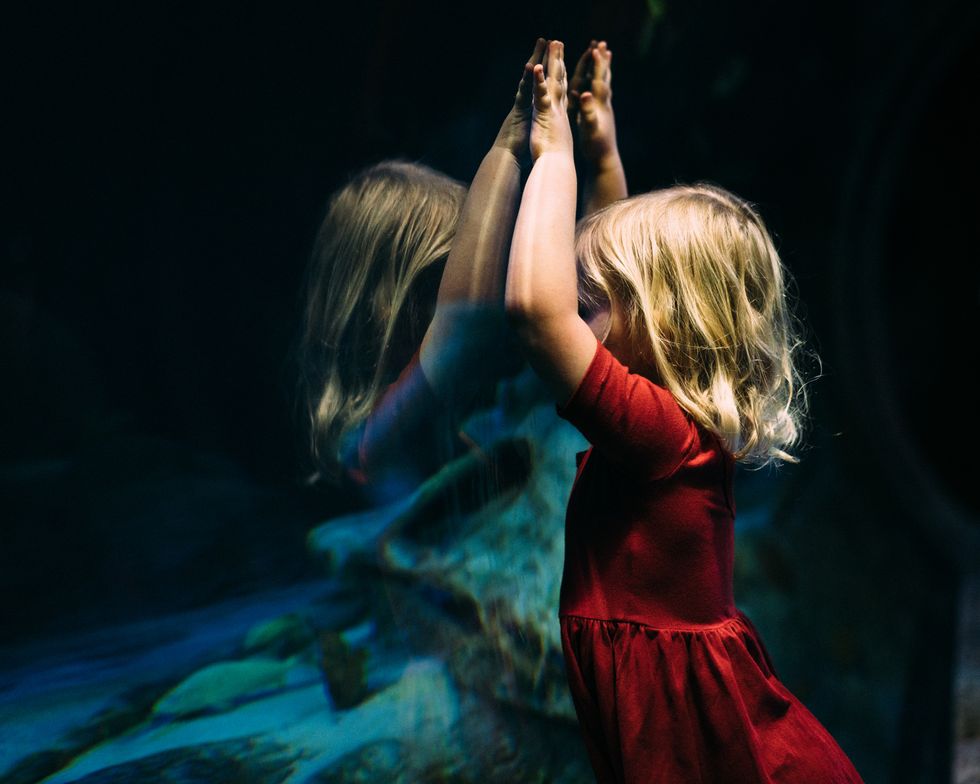

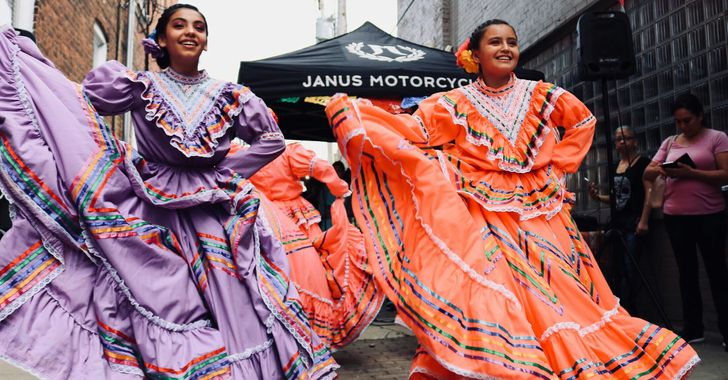 women in street dancing
Photo by
women in street dancing
Photo by 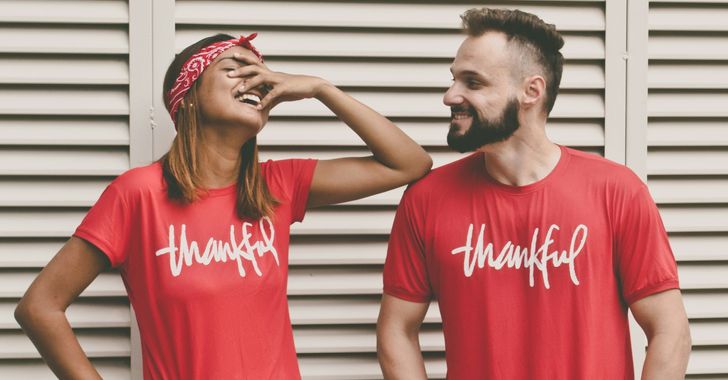 man and woman standing in front of louver door
Photo by
man and woman standing in front of louver door
Photo by 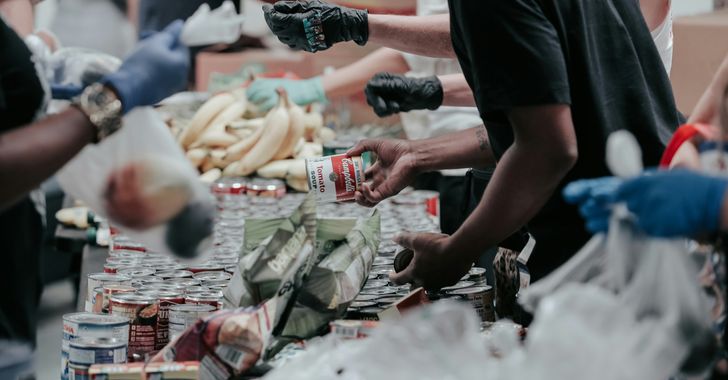 man in black t-shirt holding coca cola bottle
Photo by
man in black t-shirt holding coca cola bottle
Photo by 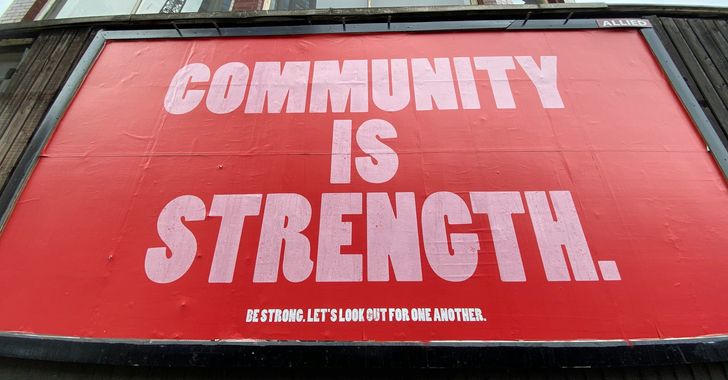 red and white coca cola signage
Photo by
red and white coca cola signage
Photo by 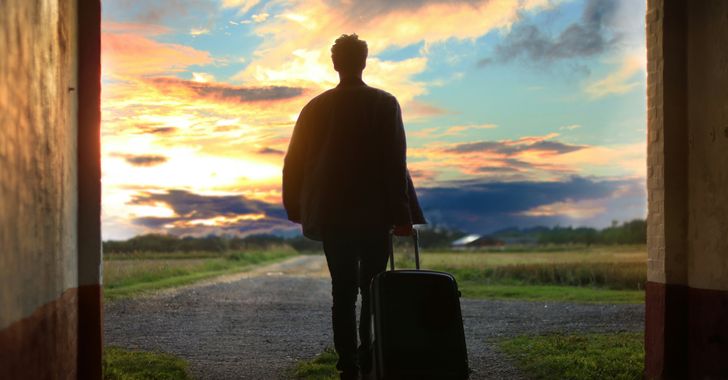 man holding luggage photo
Photo by
man holding luggage photo
Photo by 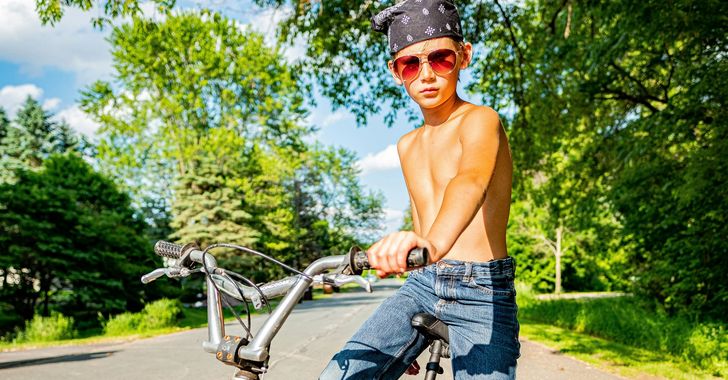 topless boy in blue denim jeans riding red bicycle during daytime
Photo by
topless boy in blue denim jeans riding red bicycle during daytime
Photo by 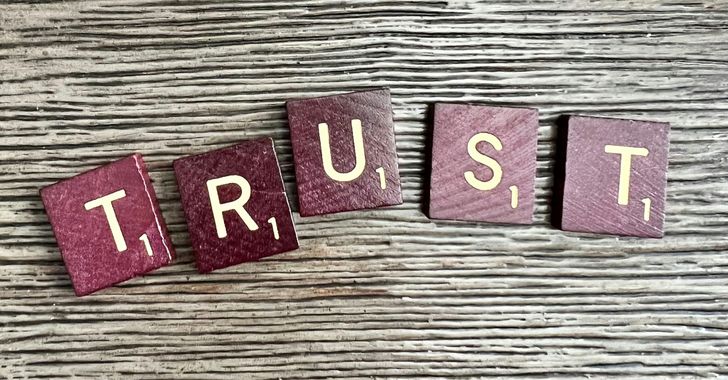 trust spelled with wooden letter blocks on a table
Photo by
trust spelled with wooden letter blocks on a table
Photo by 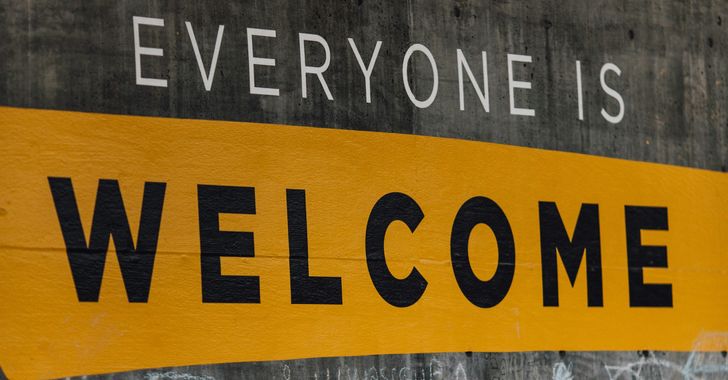 Everyone is Welcome signage
Photo by
Everyone is Welcome signage
Photo by 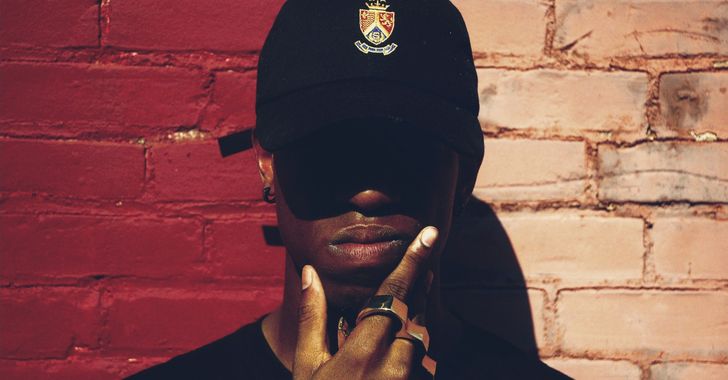 man with cap and background with red and pink wall l
Photo by
man with cap and background with red and pink wall l
Photo by 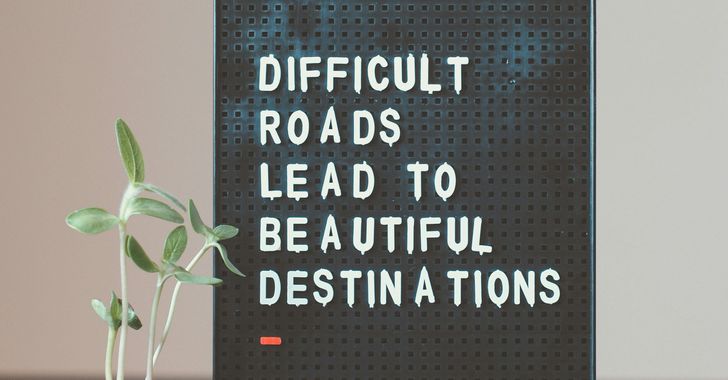 difficult roads lead to beautiful destinations desk decor
Photo by
difficult roads lead to beautiful destinations desk decor
Photo by 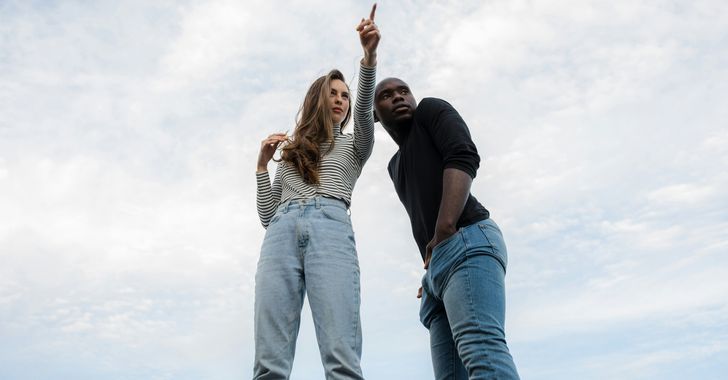 photography of woman pointing her finger near an man
Photo by
photography of woman pointing her finger near an man
Photo by 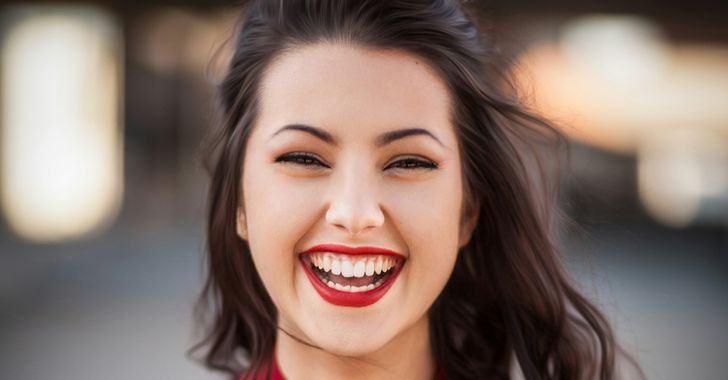 closeup photography of woman smiling
Photo by
closeup photography of woman smiling
Photo by 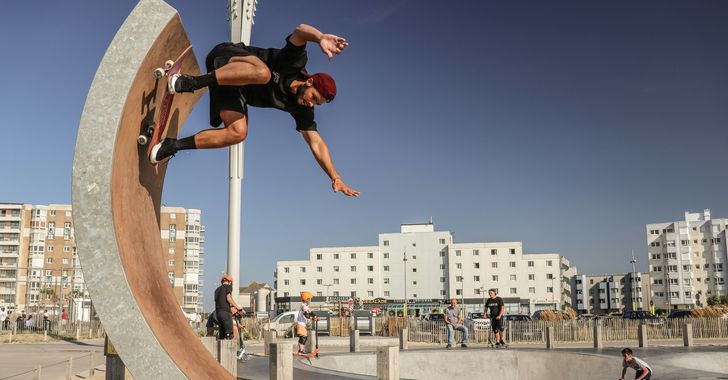 a man doing a trick on a skateboard
Photo by
a man doing a trick on a skateboard
Photo by 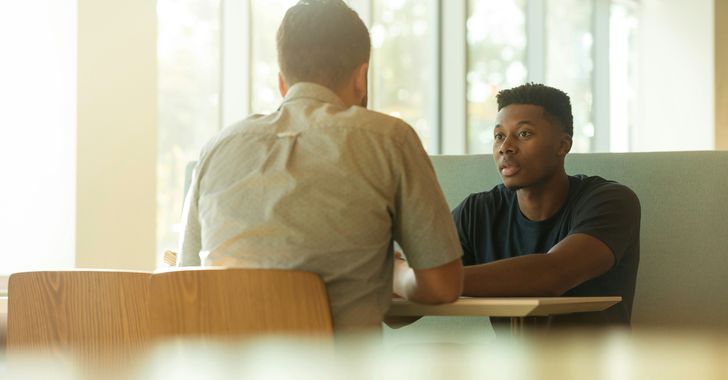 two men
two men 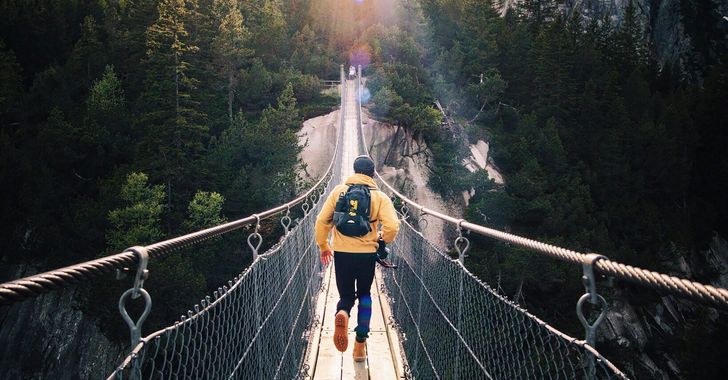 running man on bridge
Photo by
running man on bridge
Photo by 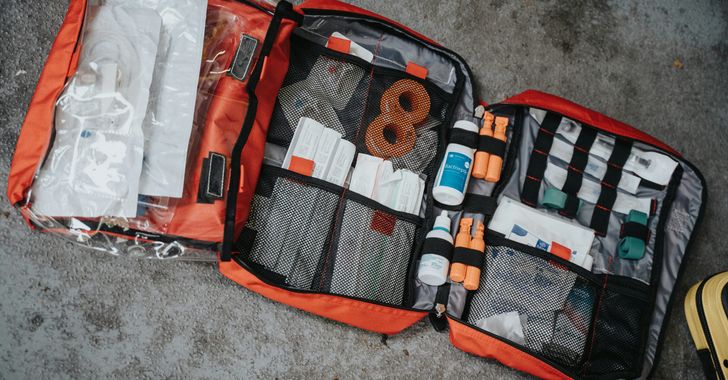 orange white and black bag
Photo by
orange white and black bag
Photo by 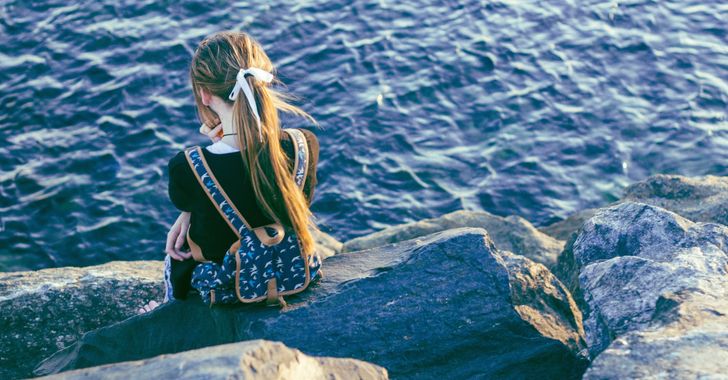 girl sitting on gray rocks
Photo by
girl sitting on gray rocks
Photo by 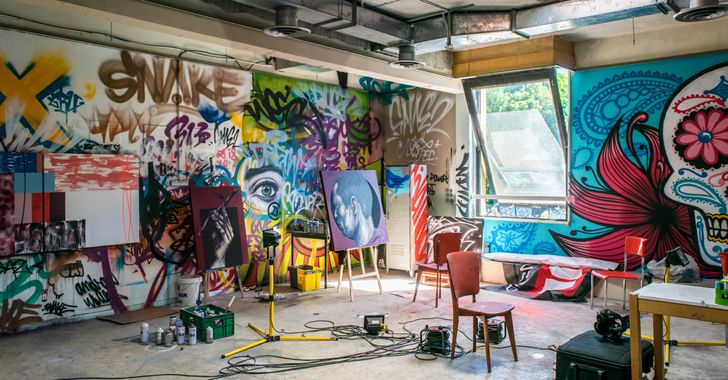 assorted-color painted wall with painting materials
Photo by
assorted-color painted wall with painting materials
Photo by 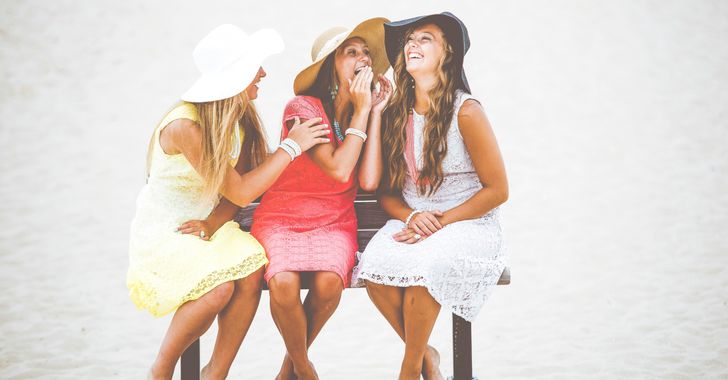 three women sitting on brown wooden bench
Photo by
three women sitting on brown wooden bench
Photo by 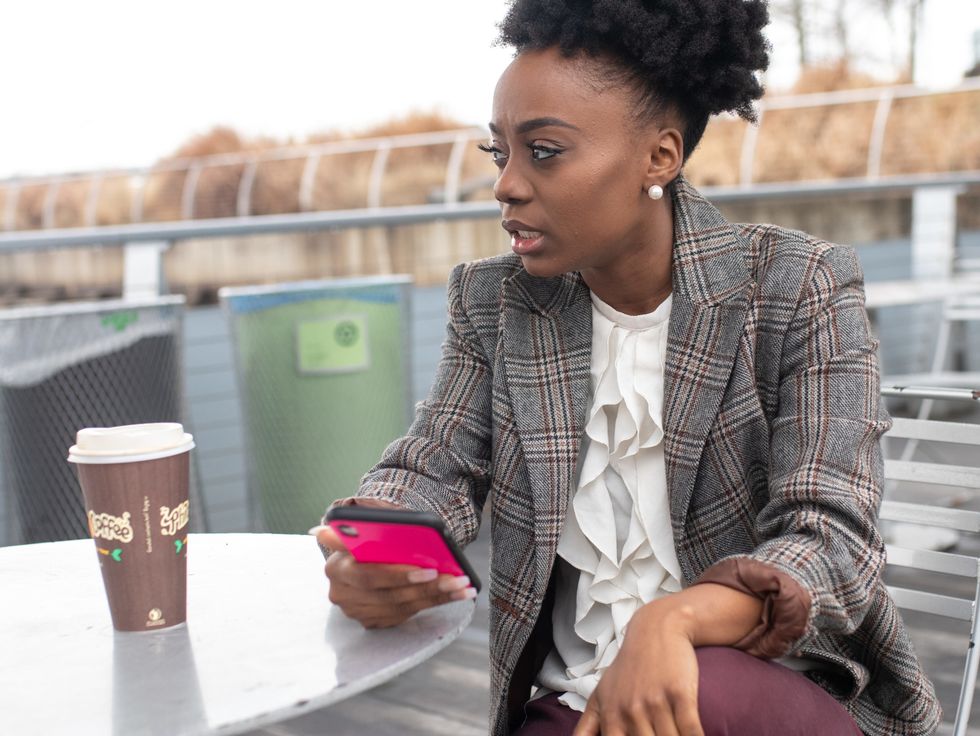
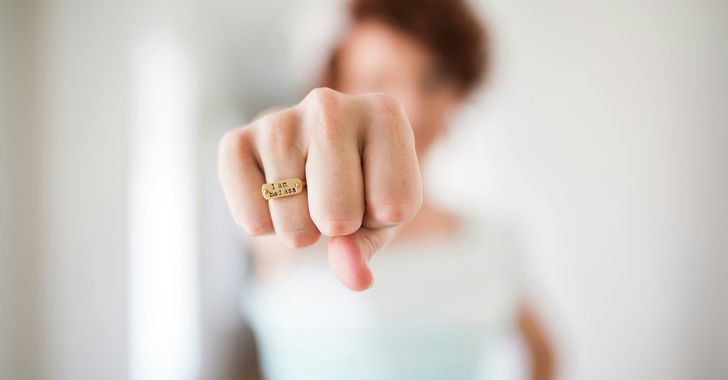 Photo by
Photo by 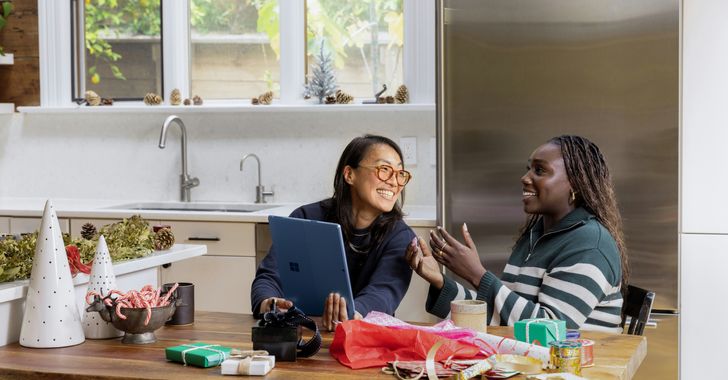 Photo by
Photo by 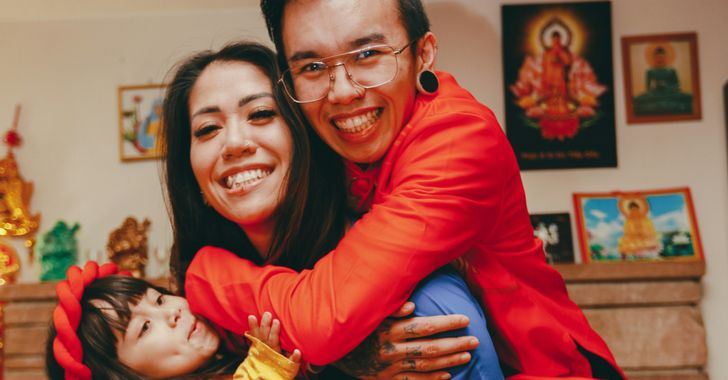 Photo by
Photo by 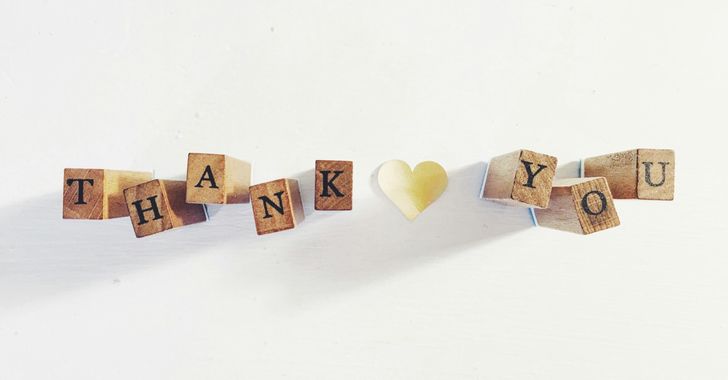 Photo by
Photo by 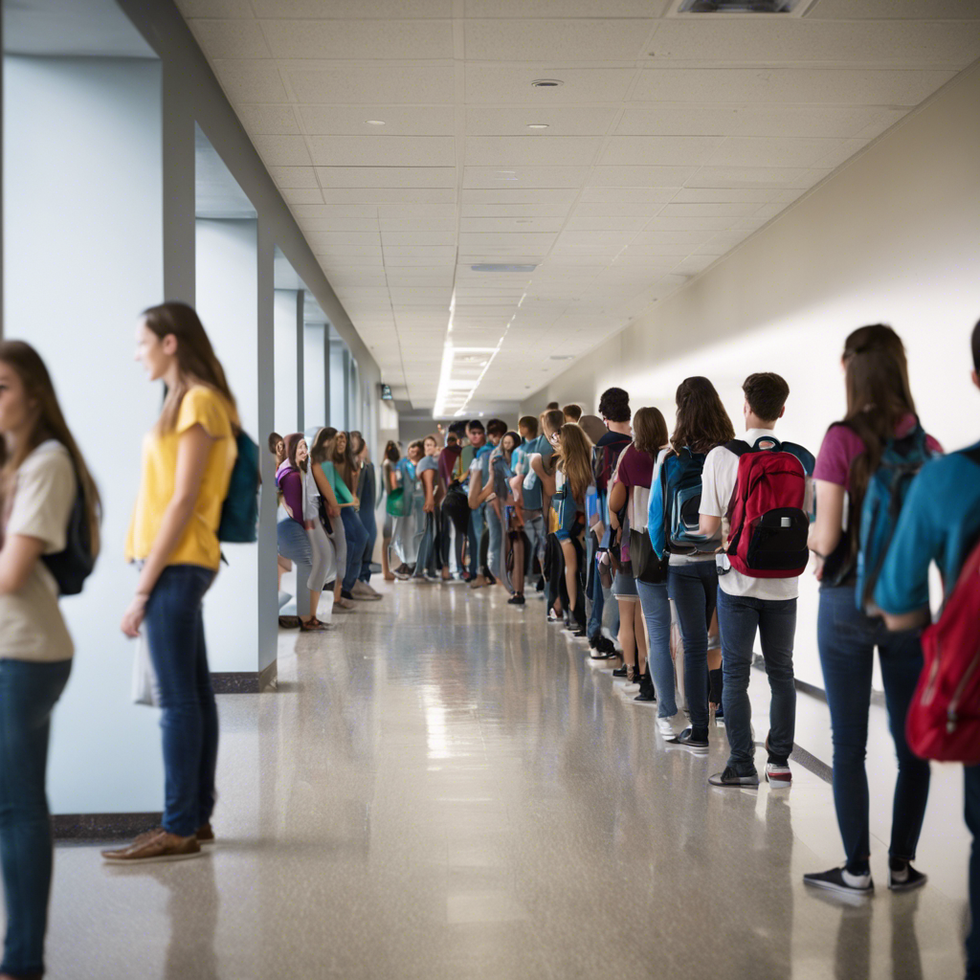
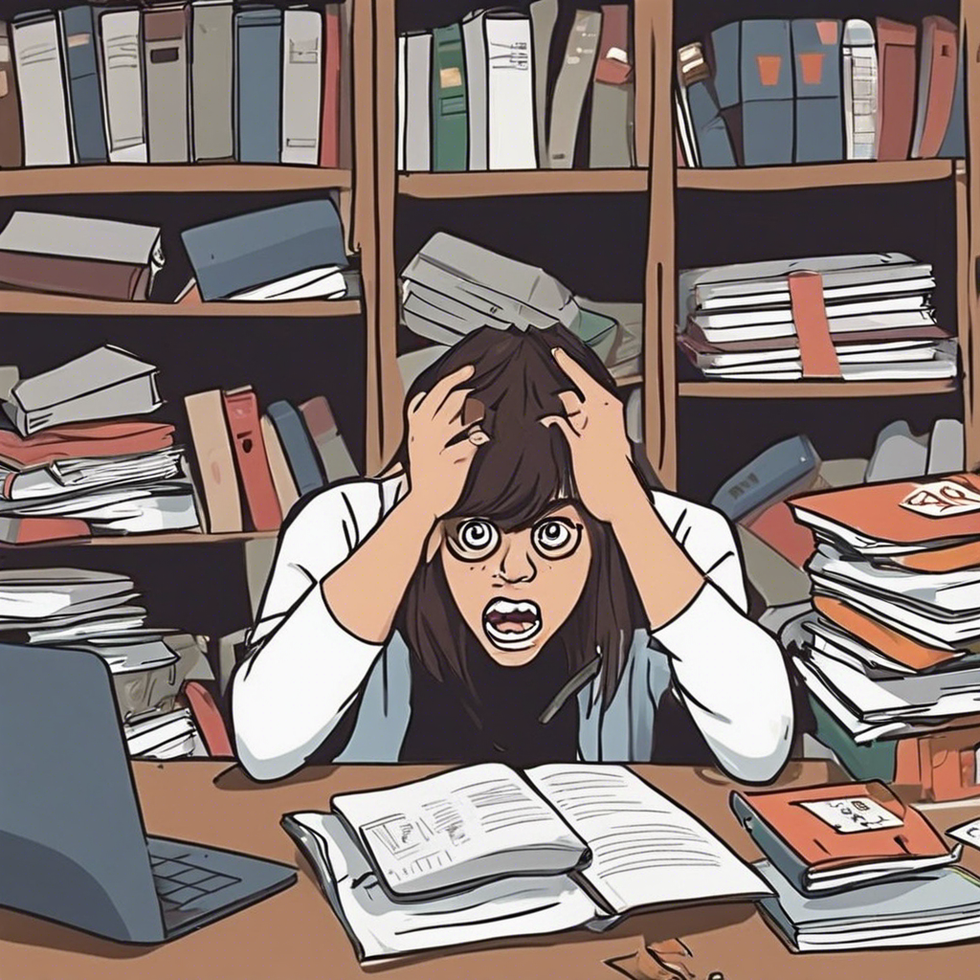
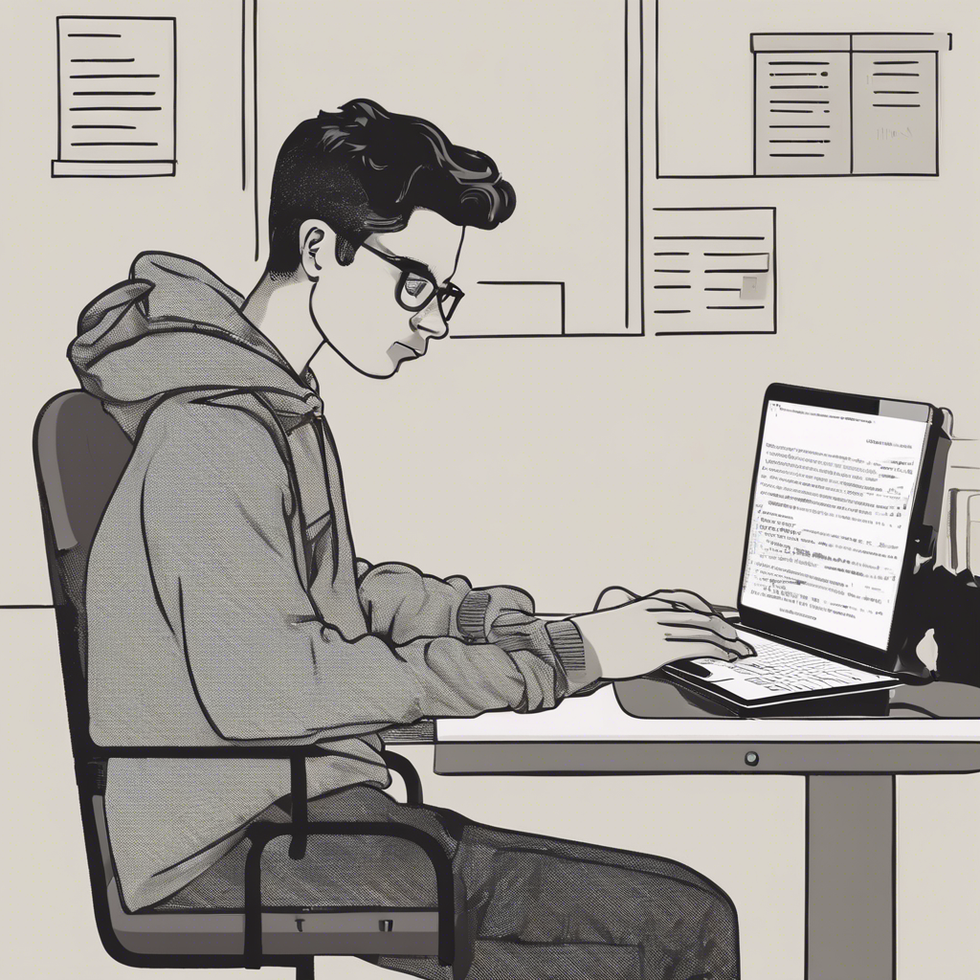
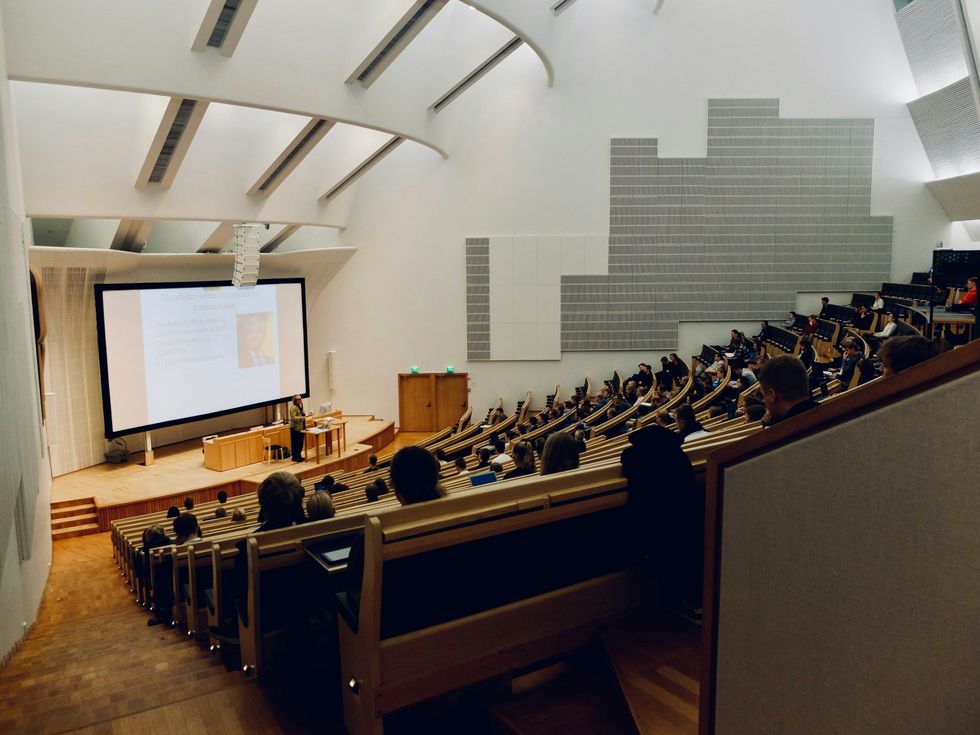 people sitting on chair in front of computer
people sitting on chair in front of computer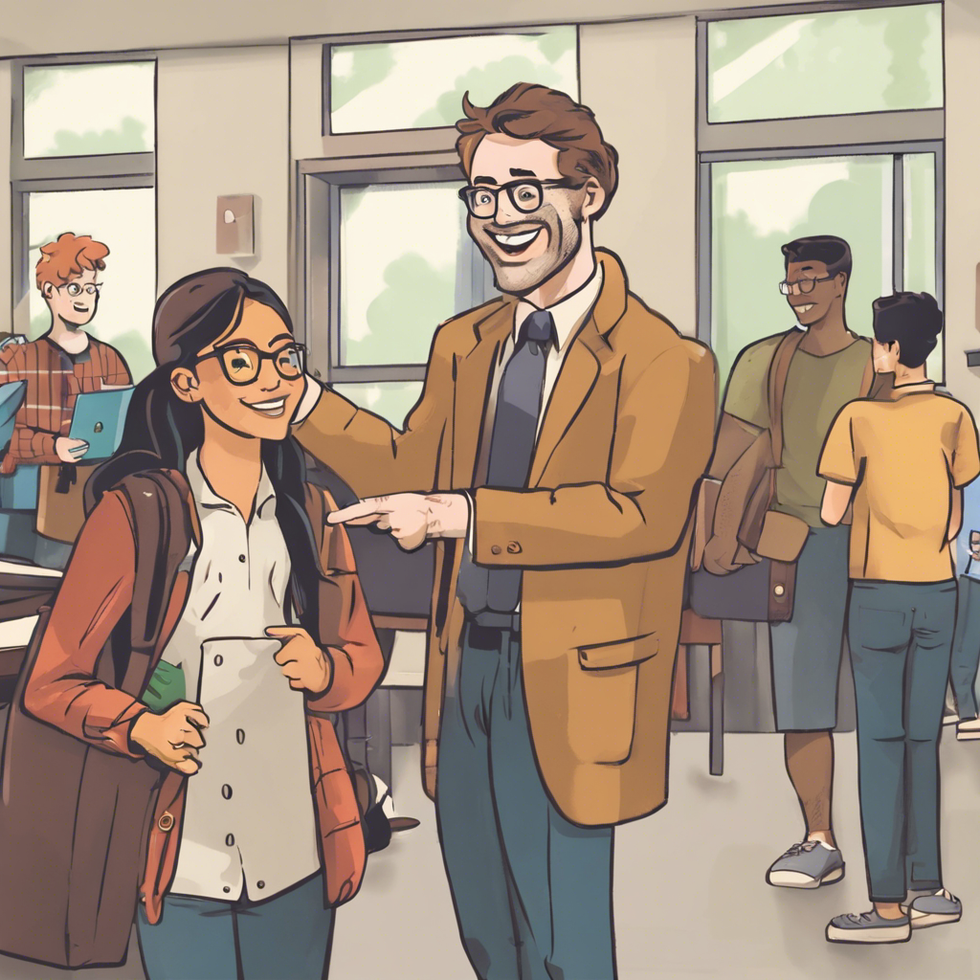
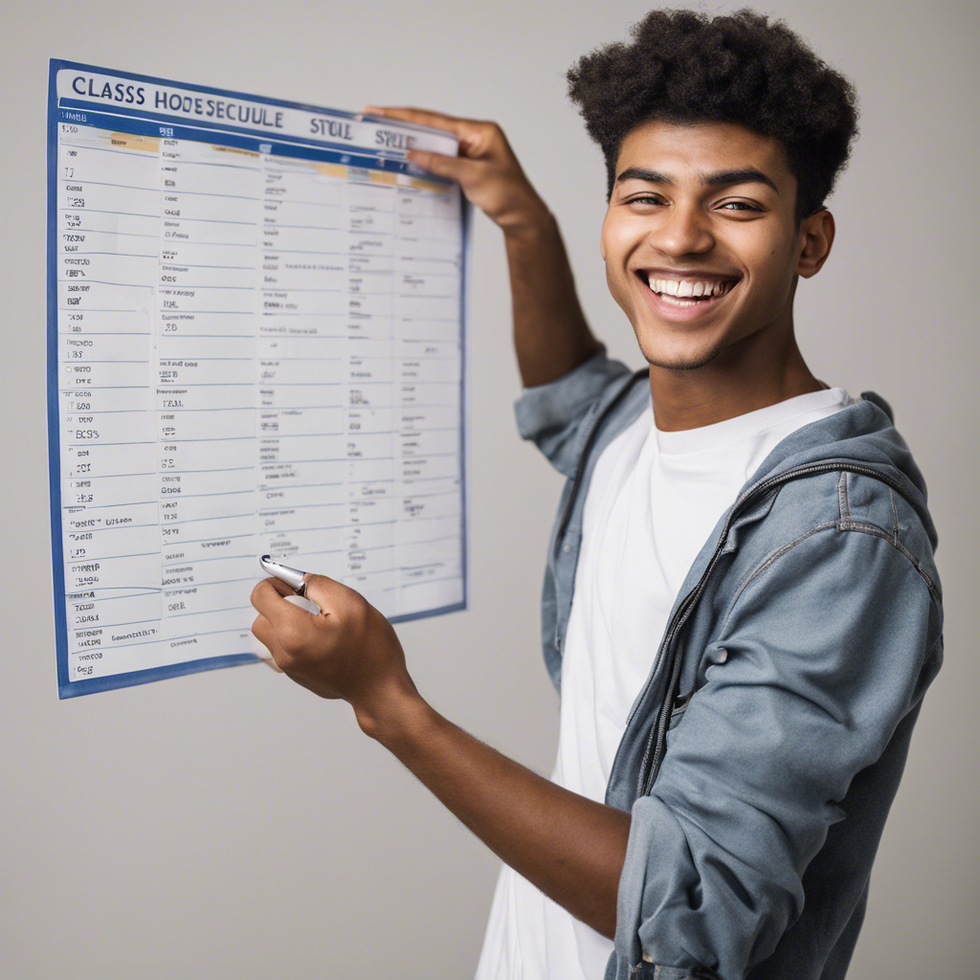
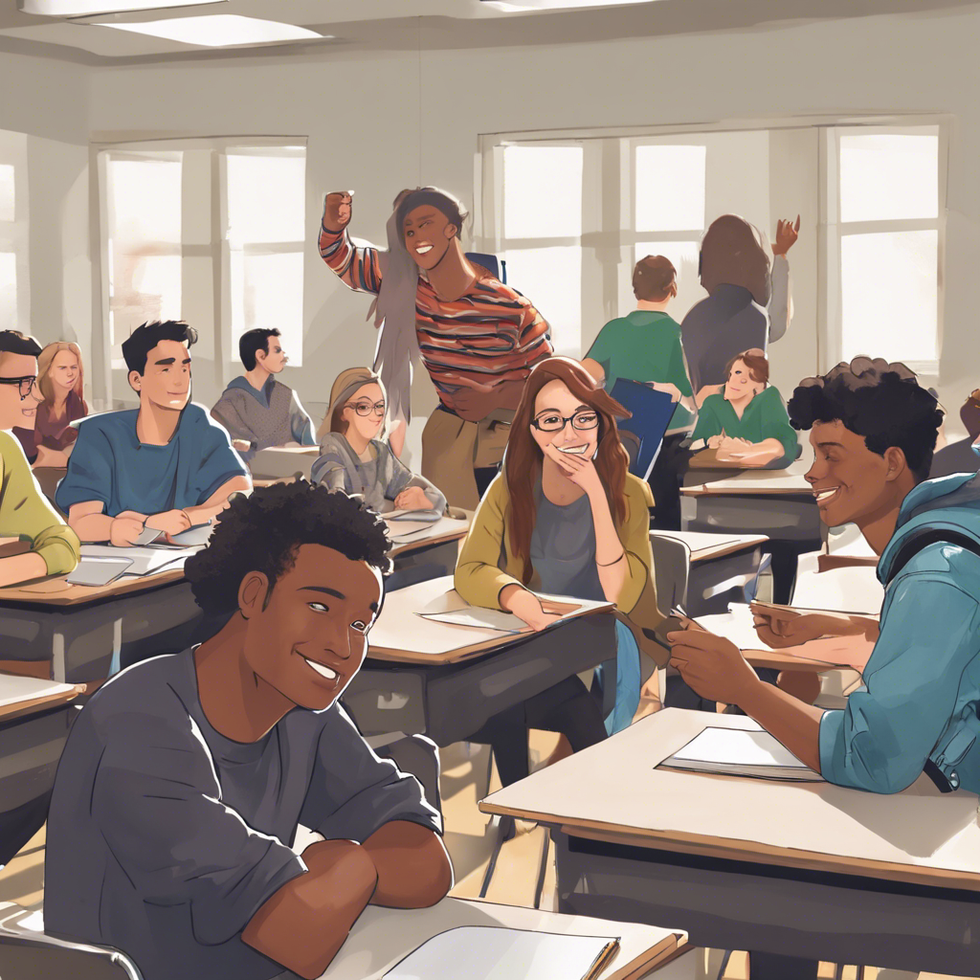
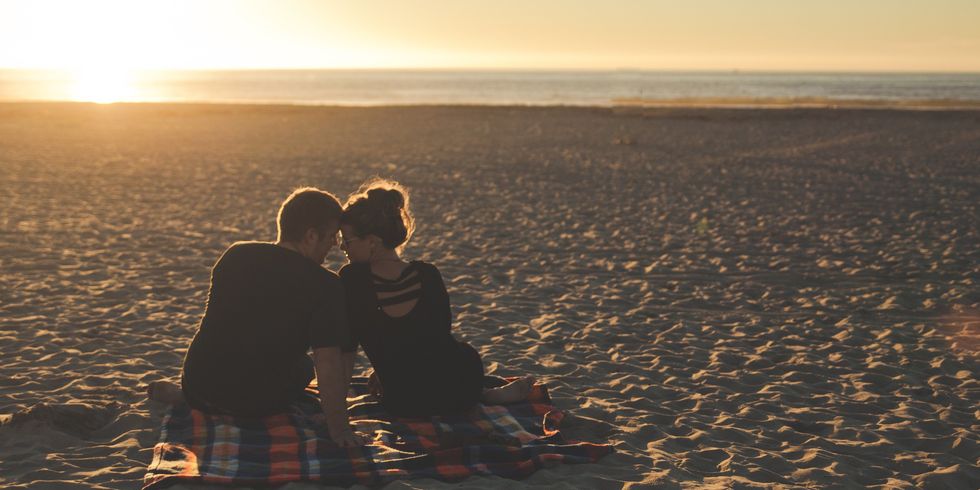
 all stars lol GIF by Lifetime
all stars lol GIF by Lifetime two women talking while looking at laptop computerPhoto by
two women talking while looking at laptop computerPhoto by 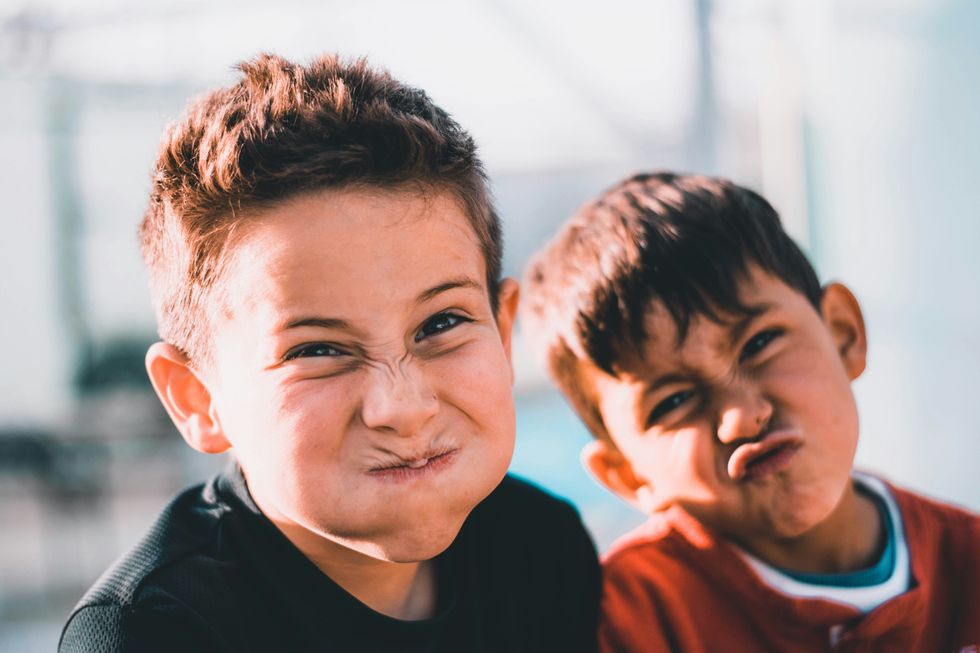 shallow focus photography of two boys doing wacky facesPhoto by
shallow focus photography of two boys doing wacky facesPhoto by 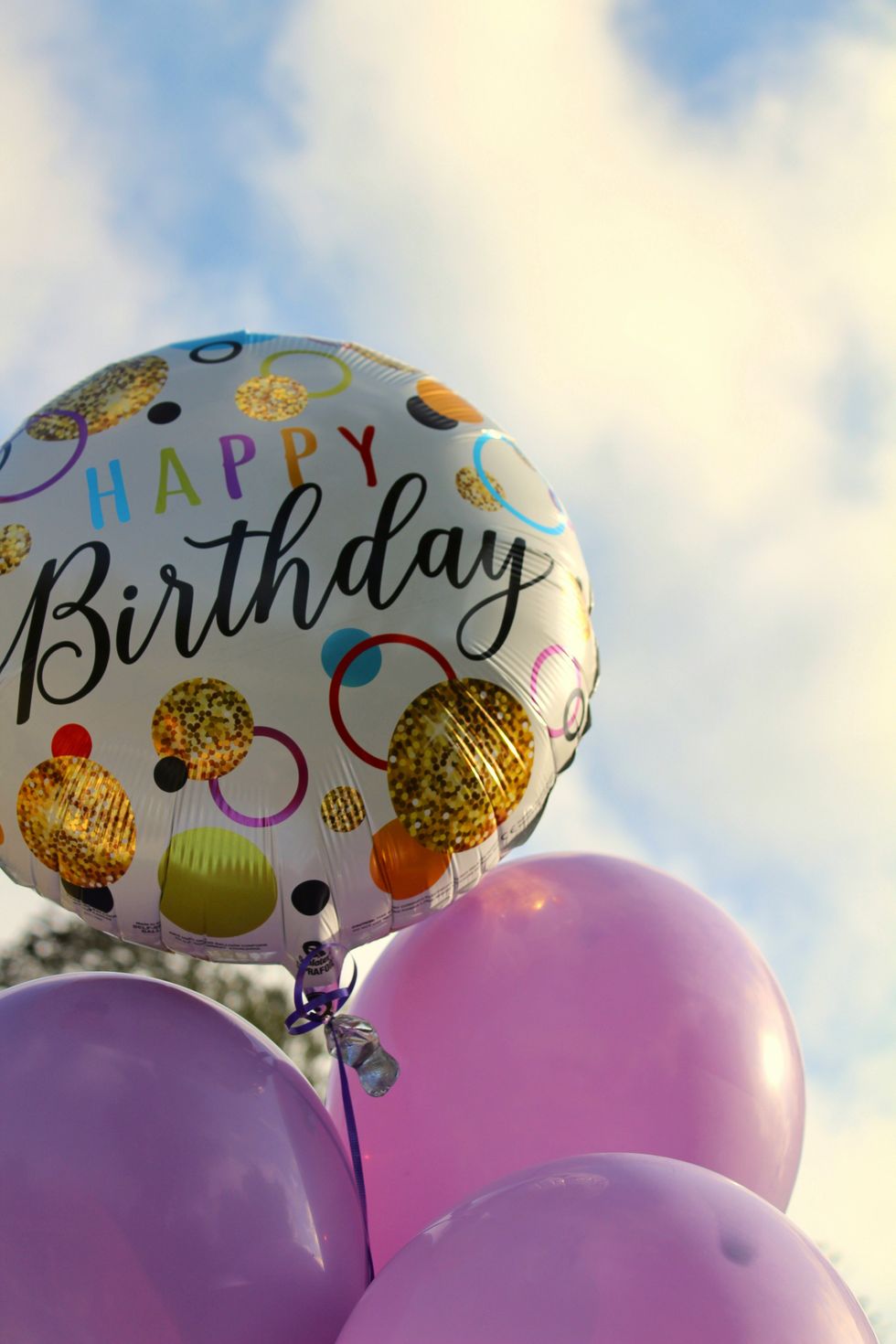 happy birthday balloons with happy birthday textPhoto by
happy birthday balloons with happy birthday textPhoto by 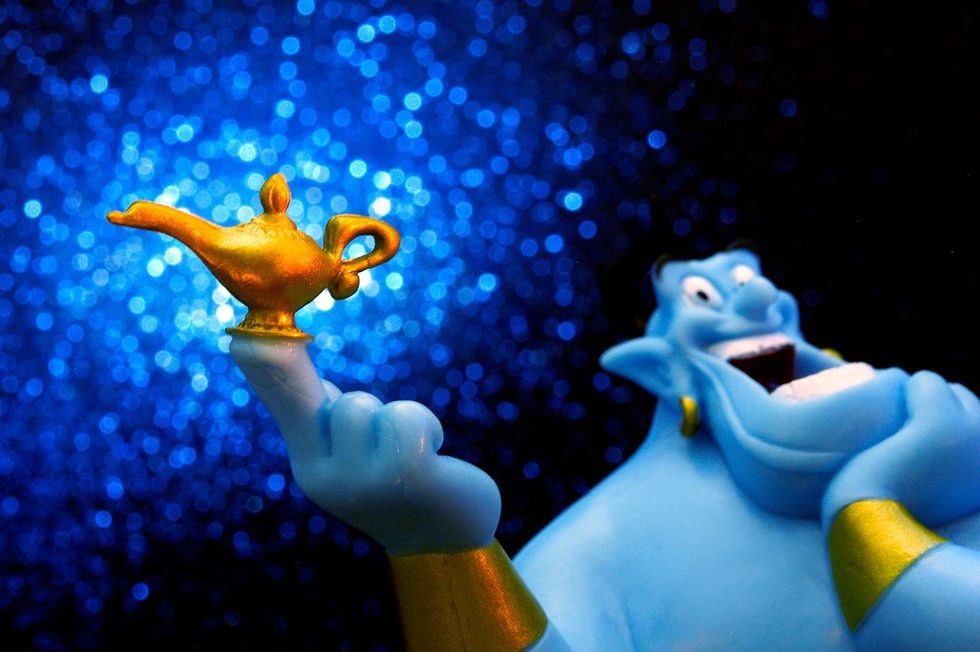 itty-bitty living space." | The Genie shows Aladdin how… | Flickr
itty-bitty living space." | The Genie shows Aladdin how… | Flickr shallow focus photography of dog and catPhoto by
shallow focus photography of dog and catPhoto by 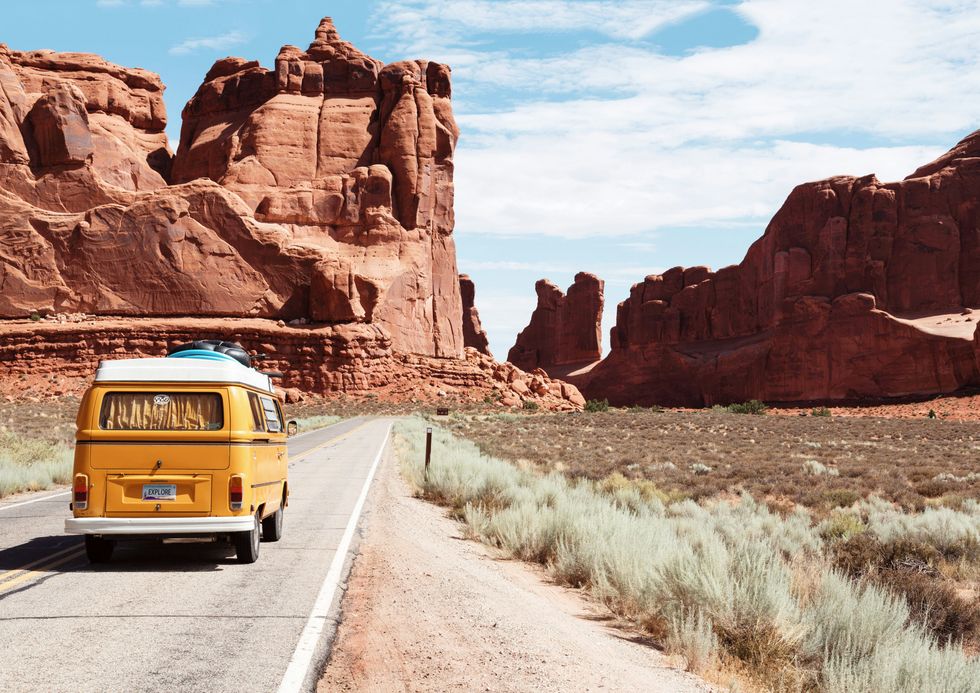 yellow Volkswagen van on roadPhoto by
yellow Volkswagen van on roadPhoto by 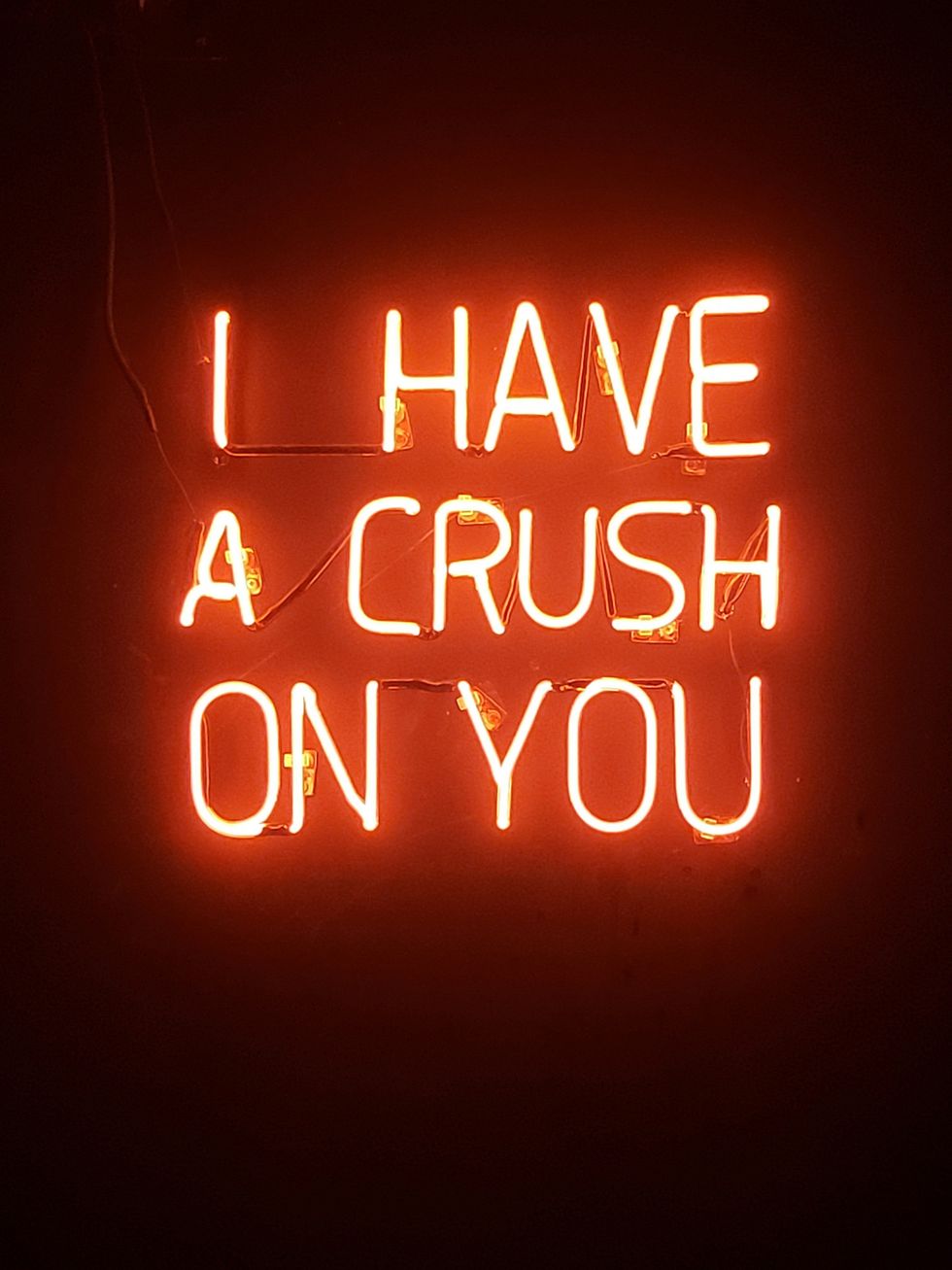 orange i have a crush on you neon light signagePhoto by
orange i have a crush on you neon light signagePhoto by 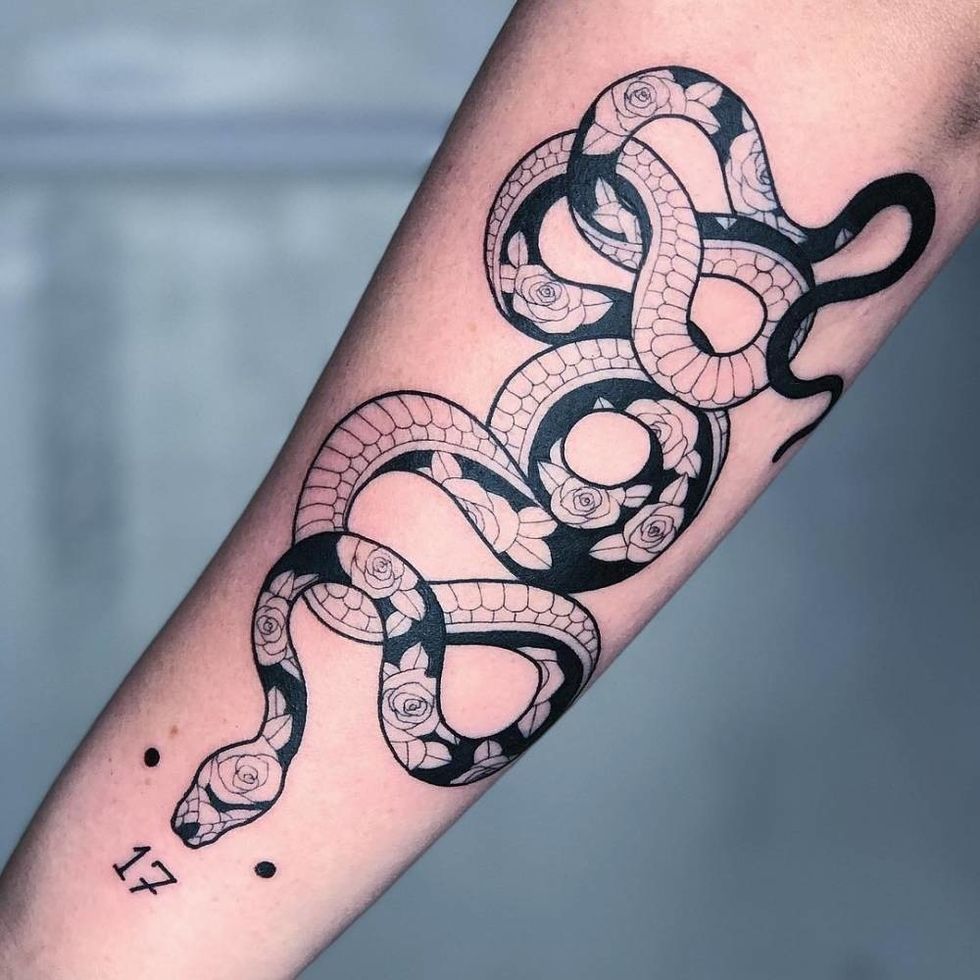 5 Tattoos Artist That Will Make You Want A Tattoo
5 Tattoos Artist That Will Make You Want A Tattoo woman biting pencil while sitting on chair in front of computer during daytimePhoto by
woman biting pencil while sitting on chair in front of computer during daytimePhoto by 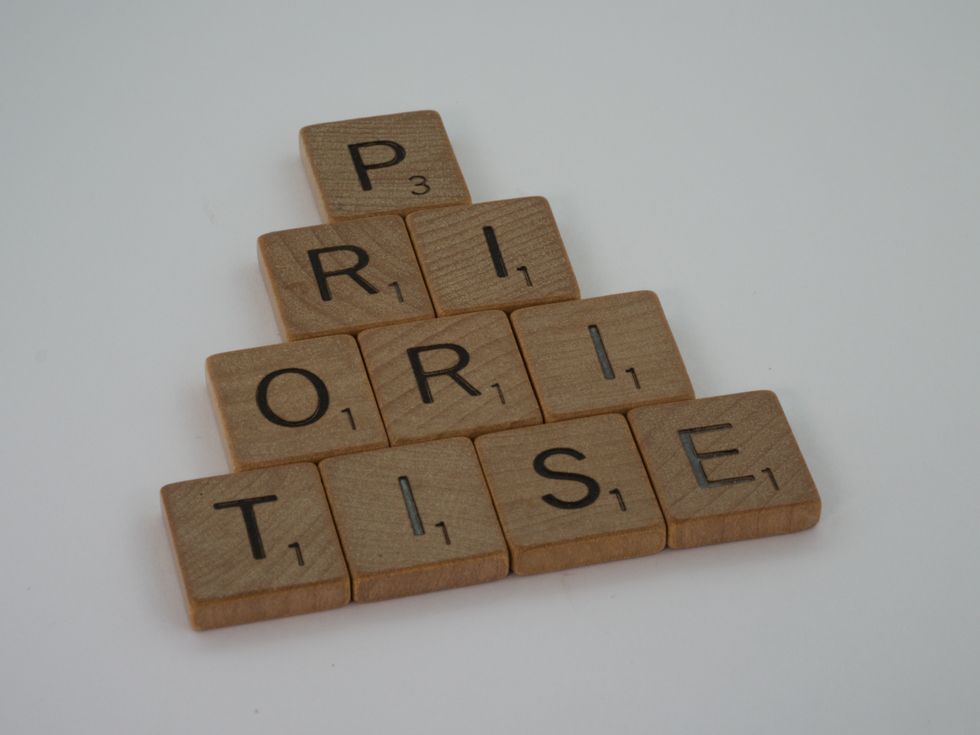 a scrabbled wooden block spelling the word prizePhoto by
a scrabbled wooden block spelling the word prizePhoto by 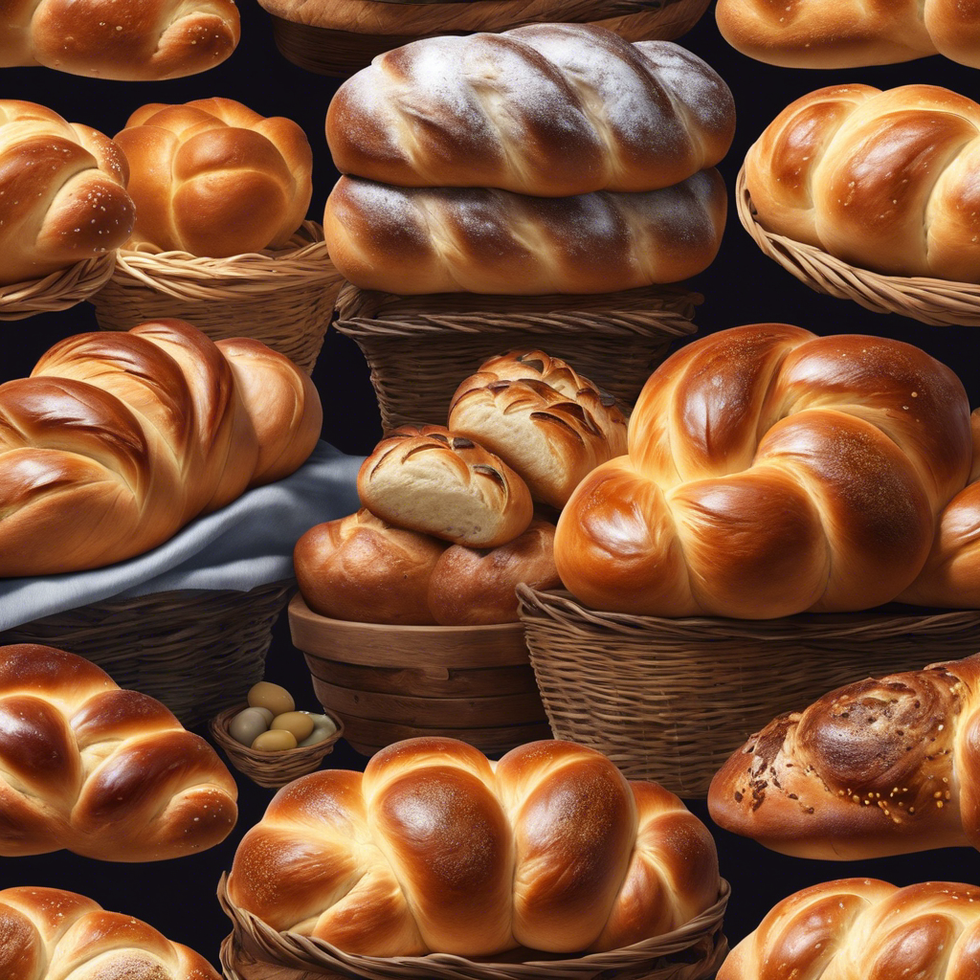
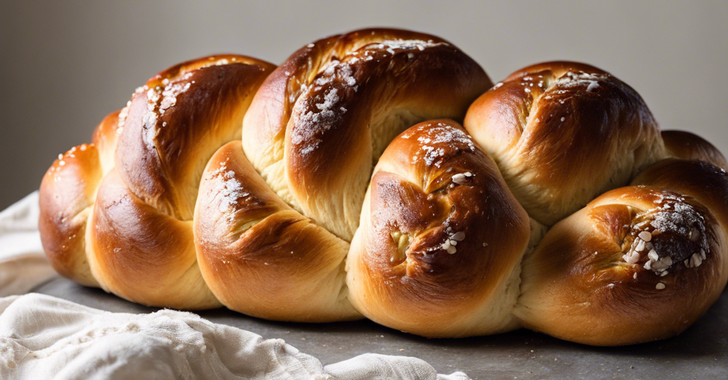 StableDiffusion
StableDiffusion
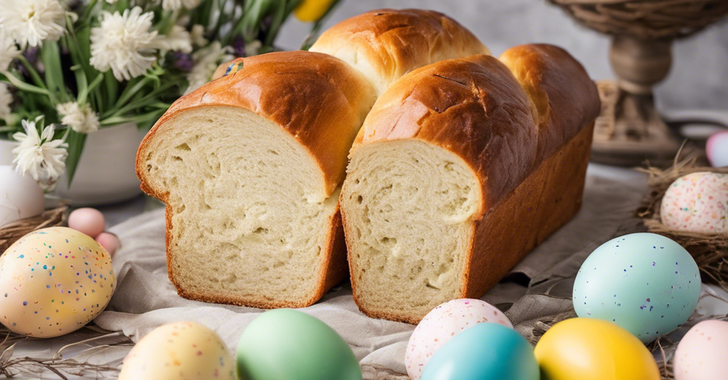 StableDiffusion
StableDiffusion
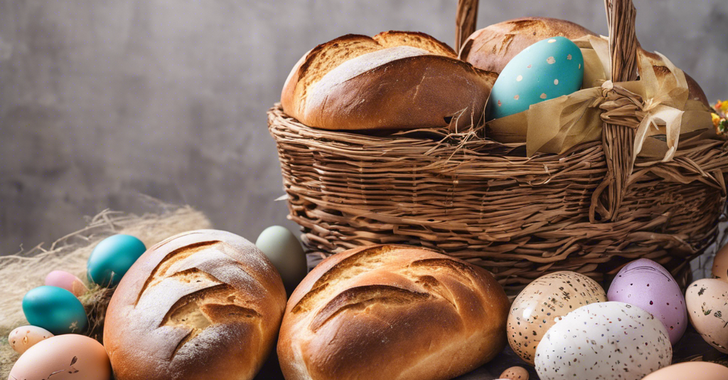 StableDiffusion
StableDiffusion









